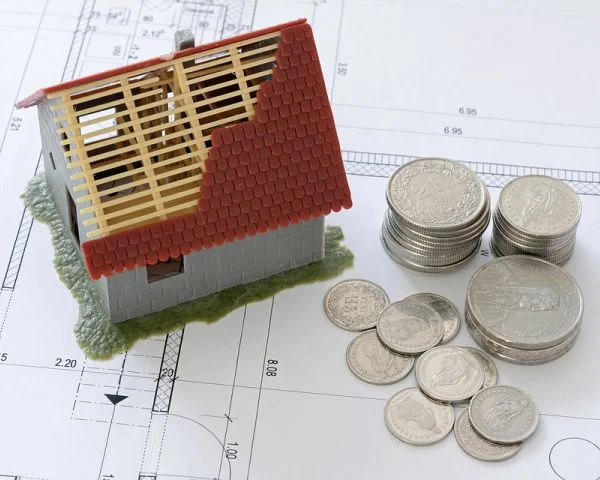Brussels – Europe’s new housing sector faces a challenging year, as highlighted in a report published by Eunews, authored by Francesco Ettore Tito in 2025. The Euroconstruct network, which includes the ifo Institute based in Munich, estimates that approximately 1.46 million dwellings will be completed in 2025. This marks a significant decline from the 1.55 million completed in 2024. Projections for 2026 suggest a slight recovery, with around 1.51 million units expected, but this still falls short of pre-crisis levels.
Factors Impacting Construction Activity
The slowdown in construction activity is attributed to a combination of factors: rising interest rates, a loss of household purchasing power, and escalating construction costs. Additionally, legislative and fiscal changes, such as reduced incentives for new construction and new taxes, have further dampened investment in the housing sector. Ludwig Dorffmeister, an industry expert at the ifo Institute, notes that these conditions have significantly impacted the European residential market, leading to delays in both the initiation and completion of various housing projects.
🇪 Germany’s Critical Situation
Germany is experiencing one of the most severe downturns in new housing completions. In 2025, the number of new homes is projected to reach only 205,000 units, representing a 19 percent decline compared to the previous year. The outlook for 2026 appears even bleaker, with only 185,000 units expected to be completed. A modest recovery may not occur until 2027, when around 195,000 dwellings are anticipated. Despite some improvements in real wages and property prices, overall market conditions remain challenging. Measures implemented to boost housing production, referred to as the “construction turbo,” have had limited success thus far.
Mixed European Landscape
At the European level, the housing landscape presents a mixed picture. While countries like the Czech Republic, Sweden, and Hungary are seeing positive trends, with increases in completed homes of 27, 21, and 20 percent respectively, ten European countries are still reporting declines. France, for instance, has experienced a 14 percent decrease, while the United Kingdom faces a 10 percent contraction.
Dwellings per Inhabitant
The report reveals significant disparities in the number of completed dwellings per inhabitant across Europe. Only Ireland, Poland, and Switzerland are projected to exceed 5 units per 1,000 inhabitants in 2025. Ireland stands out with plans for over 38,000 new dwellings, translating to about 7 units per 1,000 residents. In contrast, Germany, the United Kingdom, and Spain are averaging just over 2 units, with Italy lagging at the bottom with only 1.6 new dwellings per 1,000 inhabitants.
Outlook for 2026-2027
Looking ahead to 2026-2027, the outlook remains weak. Euroconstruct forecasts minimal growth, which may be supported by some public investments and infrastructure initiatives. However, these efforts are unlikely to close the gap created over the past two years. Without more decisive action addressing construction costs, building regulations, and access to credit, the European residential market risks entering a prolonged phase of stagnation.
